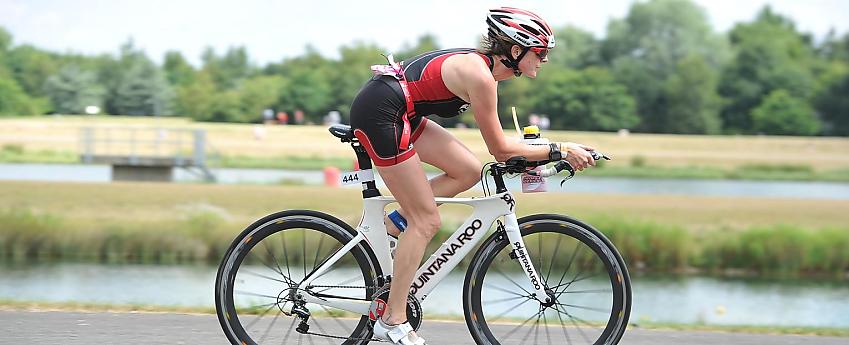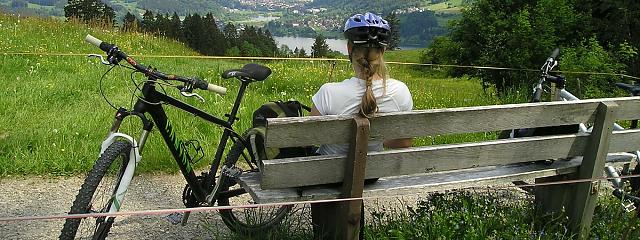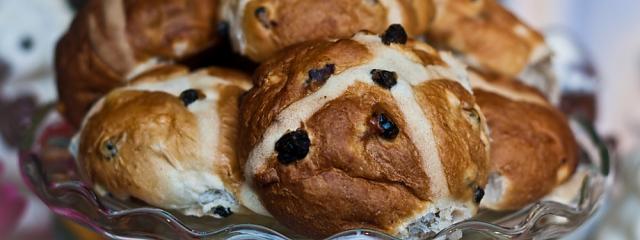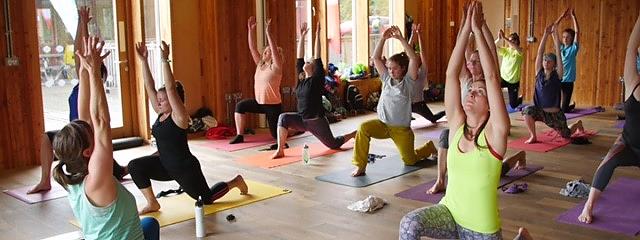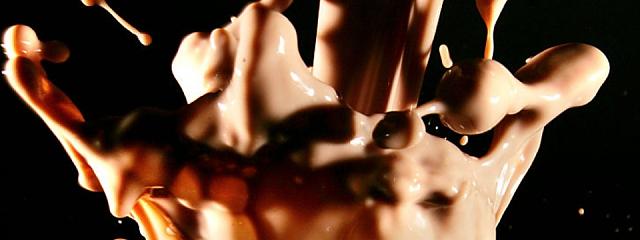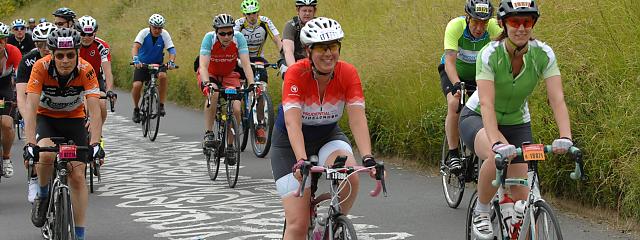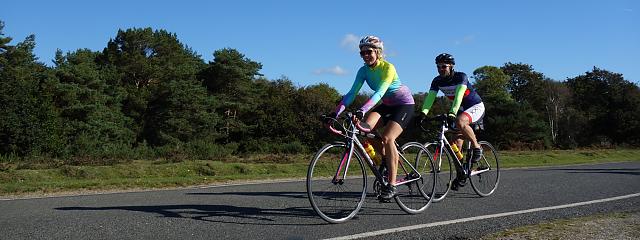
How to fuel your ride
How to fuel your ride
Cycling is a fickle thing. Some days you can cycle for hours and feel that you could stay in the saddle forever. Other days you get to the 20-mile mark, have no energy left at all and ‘bonk’! Ultimately, your body will never perform optimally if there’s nothing there to fuel whatever exercise you’re doing.
You need to give your body the right fuel for the job you’re about to undertake. If you don’t, you’ll either end up getting the train home or your ride will culminate in a miserable limp back with your legs feeling like lead!
Dietary requirement boils down to the distance you plan on cycling, how you prepare, fuel while riding and then how you refuel when finished.
What to eat before a 20-, 50- or 100-mile ride
Cycling 20 miles
An average road cyclist will ride at around 15-20 miles per hour, depending on how they feel on the day, weather conditions, and so on. So let’s say a 20-mile ride will take approximately 90 minutes.
If you’ve had a sensible breakfast and a good night’s sleep you’ll find that your body is quite capable of staying well hydrated and fuelled for the duration without having to consider a ‘fuelling strategy’. A bottle of water will do the job here.
If it’s warm out consider adding an electrolyte tablet to it. This will replace any lost salts through sweat and stop you dehydrating. Apart from that, you’re pretty much good to go.
Cycling 50 miles or more
Get into longer distance rides – 50 miles and more – and you need to have a good understanding of how to fuel your body in order to keep going. The body has a few places it stores calories that it can use as fuel.
We store some in the liver which is mostly used to keep us going overnight when we’re not ingesting anything. Fuel stored in the muscles is generally used in activity and can be accessed quickly for high-intensity efforts.
And finally the body has a massive source of fuel in our fat stores. This isn’t a bad thing and we all have plenty of it to go round! For our hunter-gatherer ancestors, these fat stores would have originally been used to keep us going during the winter months when food was hard to come by.
In addition to these considerations, your body favours some foods over others. Eat a large slab of cake and you will feel great for the first section of your ride.
However, the remainder could be miserable because your blood sugar level has enjoyed the initial high it got from the fast digestion and absorption of what you’ve just eaten, but is now paying the price for the following crash. The same goes for greasy, fatty foods such a pizza. You’ll feel full and sluggish.
To understand how best to fuel a ride, we need to understand the macronutrients and their basic role in the body.
The different types of food
Carbohydrate
Carbohydrate is a source of fuel for the body. It’s stored initially in our muscles and anything over and above what the body can store there gets moved over to our fat stores. The stores in the muscles are held as glycogen, which the body can revert back to glucose quickly when needed in times of high-intensity work.
As it only has one job, the amount and quality of carbohydrate we consume is important to get right. Too much and we store it as fat, which can leave us feeling sluggish. Too little and we don’t have enough energy.
Carbs with lots of sugars will take longer for the body to break down for digestion, that means absorption will be better as they will fuel you longer. This means aiming for more complex carbs such as steel-cut oats, sweet potato and wholemeal basmati rice, and avoiding very sugary foods like sweets, cake and biscuits.
Protein
Protein acts as the building blocks of the body but it can also be used as a fuel, although this is not desirable as the proteins we can use as fuel are stored in our muscles. That means protein must be taken from muscles to be converted for use. As well as fuel, protein helps to repair muscle after exercise.
Fat
Also a fuel, among other things, fat is really important for the body and has acquired an unfair reputation. It’s important for fuel, absorption of vitamins, insulation and temperature control. It helps to keep our cells healthy, build the brain, maintains healthy skin and nails. In fact, the list of fat’s benefits is almost endless!
The fat we store in our body can be used as fuel but the process for the body to convert it into a useable source takes far longer than carbohydrate: approximately 20 minutes. So, for endurance athletes who are cycling for 50 miles or more, fat is a good source of fuel.
Mix it up!
By understanding your macronutrients you can plan an appropriate meal for before your ride. Aim for a mix of everything.
- Carbohydrate for fuel, but complex and slow-energy release: sweet potato, porridge, rice.
- Protein for fuel and muscle repair. Lean meats such as chicken, turkey, venison.
- Fat for fuel, warmth, and more. Nut and seeds, oily fish.
How much should you eat?
Don’t eat too much or you’ll feel sluggish, and try to eat a good 90 minutes before you head out. Your body needs time to digest and process the food.
Heading out earlier isn’t the end of the world, but you may get horrible indigestion, and your body is having to do two tasks at the same time, albeit at a mediocre level. Give it the chance to do one task at a time properly and you’ll enjoy your ride a lot more.
Your hand is a really good guide for portion control: palm-size portion for carbs and protein; about half a hand size for fat. Stick with that and eat slowly (enjoy the food you’ve just prepared) and you won’t go far wrong.
What to eat on your ride
A mix of carbohydrate and fat-based products will work well for a longer ride. Solids are reasonably easy to consume while riding, but you’ll find that different products work differently for different people.
Find the nutrition plan that works best for you. You can try ready-made products such as Bounce Balls, Trek Bars, Cliff Bars and Mule Bars. All will deliver carbohydrate and fat to fuel your ride. Alternatively you can make your own…
Date and coconut balls recipe
One of my go-to recipes that I can make up in bulk and grab before I head out the door is this for date and coconut balls. You can freeze them as well, which is a bonus, but they will keep for a couple of weeks in an airtight container in the fridge. It all depends how delicious you find them… ahem.
Ingredients:
120g dates
80g jumbo mixed raisins
20g desiccated coconut, plus 2tbsps to coat
20g porridge oats
A tablespoon of coconut oil
Place the dates and raisins in a food processor and pulse until the mixture starts to stick together. Add the coconut, oats and coconut oil and give the mix a quick blast to combine.
Take small handfuls of mixture, about 12g each, and roll into balls in the palm of your hands. Spoon 2tbsps desiccated coconut into a bowl and then toss the balls in the mix to cover completely.
Don’t stress too much if your measurements aren’t exact, so long as they bond well together you’ll be fine.
Do you need exact measurements?
There are some schools of thought who will give you very specific figures of what to ingest while out riding. The American College of Sports Medicine recommends 30-60 grams (two slices of wholemeal bread is around 45g of carbs) of carbohydrate per hour of exercise, but few people understand the reason for this amount.
The ‘average’ person can process, or oxidise, only about 1 gram of carbohydrate per minute, no matter how much is consumed.
However, we are all different and our bodies all work differently. Some of you will be more fat adapted, some of you will need more carbohydrate. So use this figure as a starting point and find what works for you. Tweak what you eat over summer, and come your winter training rides you should have it nailed.
After your ride
On the flip side, you have to give your body a chance to repair muscle fibres after any form of exercise. To do this you need to top up your glycogen stores in your muscles (that’s your carbohydrates) and feed your body protein to repair muscles.
The recommended breakdown between the two macronutrients is 3:1 carbs to protein, and the lovely thing about that breakdown is that chocolate milk will give you pretty much the perfect recovery drink. Again, we are all different so play around with recovery foods to get the right ones for you.
If you’re not so keen on the sweet stuff you could try white rice and baked or grilled chicken. White rice falls under the simple carbohydrates category which provides glycogen at faster rates compared to complex carbs. Grilled or baked chicken breast (pre-cook a few for the fridge) provides lean protein to assist in muscular repair to prepare for the next ride.
Sweet potato and boiled or poached eggs is a great alternative if you’re vegetarian.
When should you eat after a long ride
Consider when you plan to refuel. Your window of opportunity for optimum recovery is up to about 90 minutes and is open immediately. The body can work up to 150% of its usual capability for refuel and repair in this time.
Begin by rehydrating then move on to solids for muscle repair. That’s not to say it would be a disaster if you refuelled after this window, the body is just less capable of taking full advantage of it.
Claire Lloyd is a fully qualified personal trainer. She is also a triathlete who has raced for Team GB for the last five years.
How do you fuel your ride? Let us know in the comments box below.






